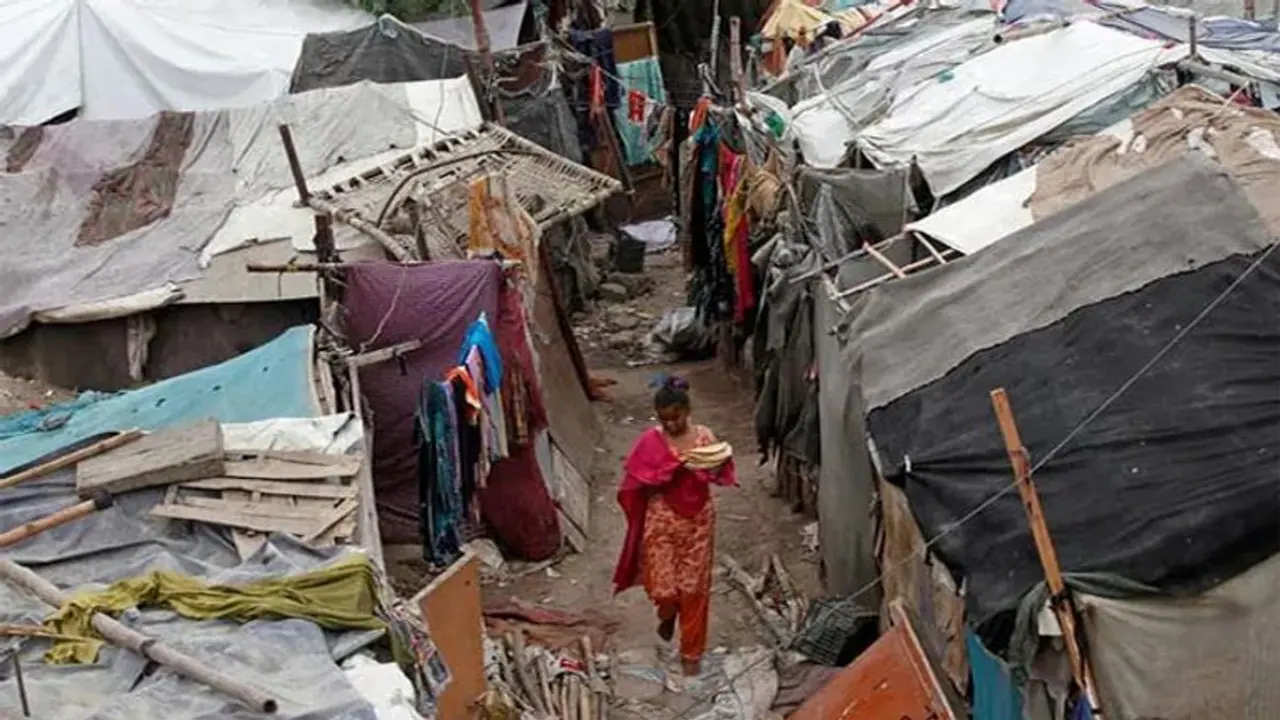According to the authors, urban poverty increased by 2 percentage points during the demonetisation event in 2016, but then declined dramatically. The research also stated that rural poverty increased by 10 basis points in 2019, most likely owing to a halt in GDP.
According to a World Bank working paper co-authored by economists Sutirtha Sinha Roy and Roy van der Weide, severe poverty in India fell by 12.3 per cent points between 2011 and 2019, with rural regions faring better than urban areas.

According to the report, India has not produced a new home consumption survey since the NSS in 2011. As a result, the nation hasn't produced any official figures of poverty or inequality in almost a decade.
"We show that severe poverty in India has decreased by 12.3 percentage points between 2011 and 2019, but at a far slower rate than recorded between 2004 and 2011. Rural poverty reduction rates are greater than urban poverty reduction rates," according to the study titled 'Poverty in India Has Declined Over the Last Decade, But Not As Much As Previously Thought,' poverty in India has decreased over the last decade, but not as much as previously thought.
According to the authors, urban poverty increased by 2 percentage points during the demonetisation event in 2016, but then declined dramatically. The research also stated that rural poverty increased by 10 basis points in 2019, most likely owing to a halt in GDP.
According to the World Bank document, the level of poverty reduction from 2015 to 2019 is expected to be significantly lower than prior forecasts based on increase in private final consumption spending recorded in national account data.
As per the authors, there was no indication of increased consumer inequality in their investigation. According to the report, farmers with tiny landholdings have witnessed faster income increases.
Also Read: Explained: Sri Lanka's 'bad economics' an opportunity for India
Real earnings for farmers with the smallest landholdings increased by 10% in annualised terms between the two survey rounds, compared to a 2% increase for farmers with the biggest landholdings, according to the report. It goes on to say that rural households with smaller plots of land are more likely to be impoverished than others.
Previously, an International Monetary Fund (IMF) research paper said that the Pradhan Mantri Garib Kalyan Yojana (PMGKAY), which gives free foodgrains to the poor, played a major role in maintaining severe poverty in India at 0.8% during the pandemic-hit 2020.
Also Read | India's extreme poverty under 1% despite Covid-19: IMF Working Paper
